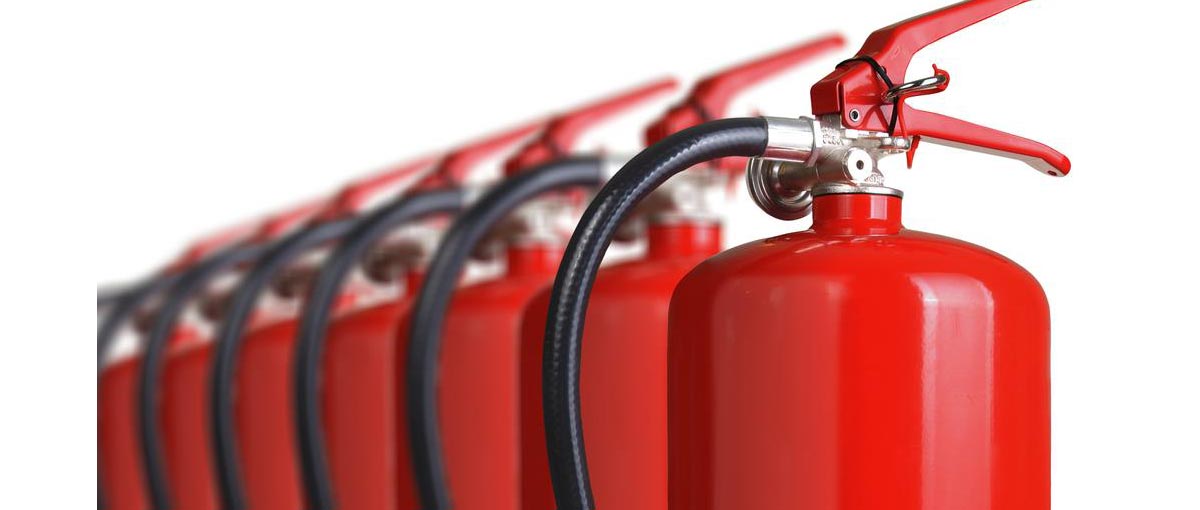
How gas fire suppression system works best in critical areas of the building?
The conventional fire sprinkler systems are meant for typical office and residential setup. However, if your business concerned with sensitive electronic gadgets and devices, water can harm them as badly as fire or smoke. Moreover, it can lead to the further spread of fire rather than extinguishing it. Here’s when a gas fire suppression system comes into play. Critical operation rooms like data centers, server rooms, power stations, electrical rooms, museums, sensitive material storage, etc. should be safeguarded with a gas fire suppression system. This technology uses gaseous suppression agents to minimize the disruption caused by the fire.
What are gas suppression systems and how do they work?
A gas suspension system is a water-free fire suppressant that releases a mixture of gases to prevent or extinguish the fire. It works on the principle of eliminating the agents which contribute to the ignition and sustaining of fire. The elements of the fire triangle are oxygen, fuel, and heat, eliminating any one of them will extinguish the fire.
Gaseous fire suppression system attacks the following two agents:
- Oxygen: The oxygen level is reduced to 15 volume percent with the help of inert gases like argon and nitrogen. As soon as the oxygen level reduces more than 15%, fire no longer has enough agents to sustain, and hence most of the materials will cease to burn.
- Heat: As soon as the gases are discharged, they form a mixture with air. The air mixture thus formed has much more heat capacity than air aloe. Therefore it absorbs more heat causing the combustion chain reaction to break down.
Three commonly used gases in the gas fire suppression system:
1. Novec 1230: A fluorinated ketone containing carbon, fluorine, and oxygen.
2. Inert Gas: A mixture of argon, nitrogen, carbon dioxide (CO2).
3. FM-200: A hydrofluorocarbon (HFC) compound containing hydrogen, fluorine, and carbon.
Benefits of a gas suppression system
When it comes to securing critical areas from fire, water can be as hazardous as fire. Therefore, it is important to analyze the facilities and operations to appoint a fire suppression system in critical areas. Some of the benefits of gas fire the suppression system is mentioned here:
- Immediate action: An effective has suppression system will not only extinguish the fire but will also reduce the disruption caused by ignition. It further minimizes the damage caused by soot and smoke.
- Stops electrical fire: It might be difficult and risky to extinguish an electrical fire with a conventional sprinkler system. Has suppression system doesn’t conduct electricity and therefore works as the best alternative to stop electrical fires.
- Maximizes clean-up: Besides fire, the residual water and smoke left by traditional fire extinguisher can cause an equal amount of damage. The gas suppression system doesn’t produce any residual and makes it much easier to clean up after fire extinction.
- Prevents risks: The system can be used without evacuation of the room. Therefore, rapid action can be taken while protecting any causality.
- Sustainable solution: Unlike the traditional fire extinguishers, the gas suspension system doesn’t consume water resourcess as the fire extinguisher agent. Therefore, it acts as a sustainable solution for firefighting.
Gas fire suppression systems are very effective when it comes to securing critical areas of the building. It minimizes damage as well as the cleanup required so that you can continue with the business quickly.
In case you need advice regarding the use or application of gas suppression systems, contact us at [email protected]




No comment yet, add your voice below!